Inwoohouse [Korea Quality] / 인우하우스 [한국관광 품질인증]
493.5284286784777m 34542 2023-04-13
9, Gyedong 6-gil, Jongno-gu, Seoul
02-742-1115
Run by a couple hailing from Bukchon, Inwoo House is located in an alleyway in Gye-dong, Jongno-gu, which is part of Bukchon that is well-known for old hanok houses. Inwoo House, meaning 'the house of Inwoo,' is inhabited by the owner couple and eight-year-old son Inwoo and his younger brother Yeonwoo. The couple, who have always lived in Bukchon, moved to Inwoo House in 2010; their parents run another guesthouse -- Yeonwoo House -- in Gahoe-dong, which isn’t far from Inwoo House. These two hanok guesthouses seek to provide guests with an opportunity to experience the true aspect of traditional Korean house amid the natural environment. Inwoo House, which has the typical style of hanok in the area, features a cozy yard, a toenmaru (narrow wooden porch running along the outside of the building), and several charming decorative items. It has three rooms – Tokki-bang and Haejanggeum-bang situated in Sarangchae (a detached building) and Nori-bang, which is a communal space. Due to its quiet location, guests can enjoy relaxation with a serene atmosphere in their rooms, which are decorated with calligraphic works and furniture inlaid with mother-of-pearl in a simple way. Each room is equipped with a bathroom. The guesthouse offers breakfast such as toast or tteokguk (rice cake soup). Inwoo House is an ideal place to stay for guests with children as the owner couple have children with whom children can play in the alley, yard, or toenmaru with an interesting hanok environment. The guesthouse also provides various traditional activities including traditional Korean clothes experience, traditional Hanji (Korean paper) craft experience, traditional knot bracelet making, and fan decorating, which are popular among foreign tourists and children. It is adjacent to restaurants, coffee shops, convenience store, and other tourist attractions including Gyeongbokgung Palace, Changdeokgung Palace, Insa-dong, and Samcheong-dong.
Bukchonmaru hanok guesthouse [Korea Quality] / 북촌마루한옥게스트하우스 [한국관광 품질인증]
513.3287508069337m 17946 2020-09-10
152, Changdeokgung-gil, Jongno-gu, Seoul
+82-10-3253-8751
Bukchonmaru Hanok Guesthouse is located between “Bukchon Views 2 and 3” on a hill in Bukchon Village in Seoul. This two-storied hanbok building with a terrace, which is rarely found among other hanok structures in the area, offers a splendid view of Seoul. In particular, the summit of a hill next to the main gate of Choong Ang High School where the guesthouse is situated is known as the filming location for the famous Korean TV series Winter Sonata (2002). When you open the main gate and go up to the first floor, a small yard is seen with a group of jars on one side. After entering the sliding door through the yard, there is daecheong maru (main floored room) that features the doors opening in all directions and a high ceiling with rafters, making the space open and cozy. The hanok building consists of two floors – the ground floor is equipped with special furniture, a jar table and a log chair made by the owner, and on the first floor are guestrooms comprised of one large room and two small rooms. The neat and clean rooms are designed in a simple way and have lovely bedding with the pattern of five cardinal colors. Its staff members can speak English and Chinese to communicate with guests from other countries. Every morning, guests engage in animated conversation while enjoying a Korean home-style breakfast prepared by the owner in a friendly atmosphere. After having breakfast, if guests want, they can try on traditional Korean clothes (hanbok) and take photographs inside and around the guesthouse to create interesting memories. The guesthouse also provides a hanbok rental service (KRW 30,000 for a day) and tourists wearing traditional Korean clothes can enter both Changdeokgung Palace and Gyeongbokgung Palace, which can be reached on foot within 10 to 15 minutes, free of charge. Moreover, guests can enjoy an open view of the area including Gahoe-dong, Gye-dong and even the lights of the Namsan Seoul Tower at night from the roof top.
Parc Samcheong (삼청공원)
526.8108593076129m 9405 2020-06-09
134-3, Bukchon-ro, Jongno-gu, Seoul
+82-2-2148-4150
Situé à la périphérie du Mont Bugak, ce parc fut le premier en Corée à être officiellement désigné par cette appellation. Le nom de Samcheong (« Les Trois Bleus ») fait référence aux trois idéaux dans le Taoïsme que les hommes peuvent atteindre. Entouré de cerisiers plantés il y a fort longtemps, le parc fourmille de touristes tous les mois d’avril lorsqu’ils sont en pleine floraison. Le parc propose de nombreuses installations : des courts de tennis et de badminton, une aire de jeux, un snack, et une aire de repos polyvalente.
La principale piste de randonnée à travers le Parc Samcheong connecte ce dernier à celle des Murs de la Forteresse de Séoul du Mont Bugak, source d’eau minérale à Seongbuk-dong, et Waryong. Pendant la randonnée, vous tomberez sur Malbawi, un excellent endroit choisi par la Municipalité de Séoul d’où vous pourrez avoir une vue d’ensemble sur la ville. Le Programme de Visite du Site Historique Malbawi, géré par l’Office de Jongno-go, fournit aux enfants et aux adultes l’opportunité d’apprendre sur l’écologie naturelle du Parc Samcheong et sur l’histoire des Murs de la Forteresse de Séoul grâce à des guides désignés. A travers les routes développées dans Samcheong-dong, vous pourrez facilement jusqu’à Seongbuk-dong. En ce moment, le Tunnel Samcheong près du parc relie les deux localités.
Galerie Art Link (갤러리 아트링크)
535.7386443487094m 16010 2019-03-26
66-17, Yulgok-ro 3-gil, Jongno-gu, Seoul
+82-2-738-0738
Ouverte en mars 2003, la galerie d’art est à la fois un lieu d’exposition d’oeuvres d’arts mais aussi un lieu de rencontres entre dirigeants et patrons pour rencontrer les artistes et leurs créations. La galerie joue aussi un rôle de médiation entre l’art moderne et le public à travers ses divers outils de communication.
Italyjae (이태리재)
537.0552055728518m 105 2017-02-01
74-9, Yulgok-ro 1-gil, Jongno-gu, Seoul
Itaejae, located in a refined side street in Sogyeok-dong, offers authentic traditional Venetian-style Italian cuisine at a reasonable price.
Eunnamu (은나무)
538.116304578426m 340 2020-05-09
72, Yulgok-ro 3-gil, Jongno-gu, Seoul-si
+82-2-730-2867
La boutique Eunnamu est spécialisée dans les bijoux fantaisie aux lignes simples qui rappellent la nature, et sur lesquels sont apposés des motifs traditionnels coréens. Les principaux matériaux utilisés sont l’argent fin et des gemmes de qualité. Chaque produit passant par les mains délicates de nos artistes, leur design et leurs détails sont absolument uniques.
Seongsim Arts & Crafts (청원산방-성심예공원)
544.1102229002556m 2074 2019-10-02
27, Bukchon-ro 6-gil, Jongno-gu, Seoul-si
+82-2-715-3342
Créé en 1981 à Samcheong-dong, Seongsim Yeogongwon est un studio d’art établi par Sim Yong-sik, qui a été désigné trésor culturel immatériel par la ville de Séoul. Il travaille sur diverses fenêtres et portes traditionnelles avec ses étudiants, et en fait la promotion en Corée et dans d’autres pays. Dans la terminologie des Hanoks, le « daemokjang » désigne la charpente de base d’une maison, alors que le « somokjang » se réfère aux portes, fenêtres et autres qui ajoutent quelque chose à la charpente. On trouve des portes et des fenêtres magnifiquement décorés partout dans la maison Seongsim Arts & Crafts : des portes qui peuvent être pendues au mur, des fenêtres décorées de fleurs de cerisier, des fenêtres en forme de peigne, et bien d’autres.
Les visiteurs peuvent également admirer de très belles oeuvres d’art à l’occasion de diverses expositions organisées à Seongsim Yegongwon. L’entrée est gratuite.
Rakkojae Seoul Bukchon Hanok Hotel [Korea Qaulity] / 락고재 서울 북촌 한옥호텔 [한국관광 품질인증/Korea Quality]
544.6712166264714m 1848 2021-10-27
49-23, Gyedong-gil, Jongno-gu, Seoul
The main building in Seoul is a traditional Korean cultural space renovated by Jeong Yeong-jin, a human cultural asset, from a hanok with a history of 130 years. Traditional flags, fences, pavilions, chimneys, and jangdokdae are holding the blue sky with pine trees, creating a harmonious Korean-style house. Passing through the elegant tall gate, as you see the jangdokdae, a small but clean hanok will be revealed, and the pine trees and bamboo trees added to the natural beauty, while the loving Gomusin placed on the stone brings back beautiful memories.
Rakkojae is a place where the customs of the aristocrats in the past are melted in various places, creating a wonderful atmosphere by carefully reviving the pavilion, ponds, and daecheongmaru. Especially, Daecheongmaru adds the beauty of the margins of hanok to give you a sense of refreshment. As the old scholars did, sitting on the pavilion makes the time flow slow and the wind that passes over the Sotdae feels special.
In addition, you can experience the beauty of Korean tradition with various programs such as tea ceremony, jjimjilbang, royal robes, and kimchi-making along with traditional Korean food. Rakkojae's accommodation, reminiscent of a nobleman's house in the Joseon Dynasty, is well-kept and comfortable that it is comparable to a luxury hotel, and the natural jade-covered ondol rooms and firewood jjimjilbangs made of cheongito provide a healthy journey for many guests.
Gagyo (가교 전통공예)
547.5689933894082m 348 2012-02-08
65, Yunposun-gil, Anguk-dong, Jongno-gu, Seoul-si
Ouverte en 2001, Gayo est la première boutique d’Insadong spécialisée dans le bojagi (tissu d’emballage traditionnel coréen). La boutique organise également divers séminaires et programmes d’activités quotidiens où les visiteurs peuvent fabriquer des bojagi. Grâce à ses programmes en japonais, la boutique est particulièrement populaire auprès des touristes de l’archipel. C’est l’endroit idéal pour permettre aux visiteurs internationaux de découvrir l’art des accessoires traditionnels coréens.
Rakkojae, l'expérience de la culture coréenne (락고재)
549.6752438296556m 4464 2019-02-12
49-23, Gyedong-gil, Jongno-gu, Seoul-si
Si vous désirez vraiment connaître la Corée, vous devez connaître le mot "pungnyu".
Pungnyu, est un idéal qui a été transmis à la culture coréenne depuis la création de la nation et qui signifie l’harmonie entre l’homme, la nature et la poèsie.
Rakgojae est un centre culturel qui a récemment ouvert au Village Hanok Bukchon à Séoul et qui permet aux visiteurs de découvrir l’idéal coréen pungnyu.
Le centre offre des démonstrations de musique, de danse et d’arts traditionnels coréens, transmettant la culture pungnyu.
Buckchon est un endroit qui a été préservé pour sauvegarder des informations sur le style de vie des gens de l’époque de Joseon. Le village est très apprécié des visiteurs étrangers qui espèrent ainsi découvrir un aspect plus traditionnel du pays. Situé au centre de Bukchon, Rakgojae accueille les visiteurs étrangers. Il leur offre la possibilité de louer une maison pouvant héberger jusqu’à 9 personnes. Un repas coréen typique sera servi aux invités.
De chaque côté du village, se trouvent des grands palais : le Palais Gyeongbokgung, le Palais Changgyeonggung et le Palais Changdeokgung. Les visites peuvent se poursuivre par Jongmyo, le sanctuaire ancestral royal qui abrite les tablettes des souverains de Joseon et de leurs reines. Les visiteurs de Rakgoje peuvent en profiter pour visiter les sites touristiques à proximité et ainsi plonger dans les vies des aristocrates du passé.
![Inwoohouse [Korea Quality] / 인우하우스 [한국관광 품질인증]](http://tong.visitkorea.or.kr/cms/resource/64/2633664_image2_1.jpg)
![Bukchonmaru hanok guesthouse [Korea Quality] / 북촌마루한옥게스트하우스 [한국관광 품질인증]](http://tong.visitkorea.or.kr/cms/resource/32/2574032_image2_1.jpg)
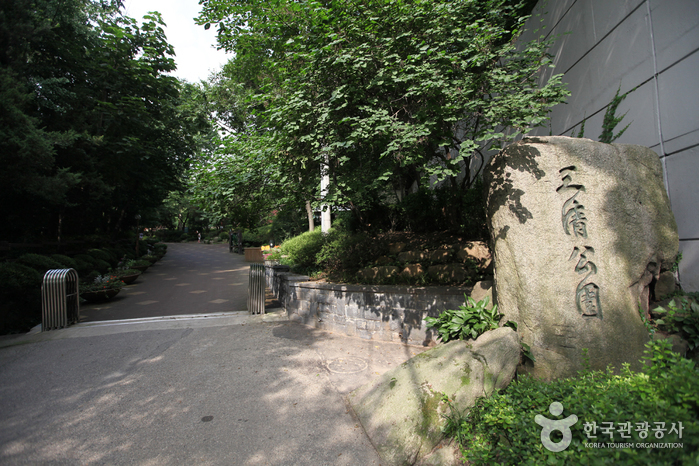
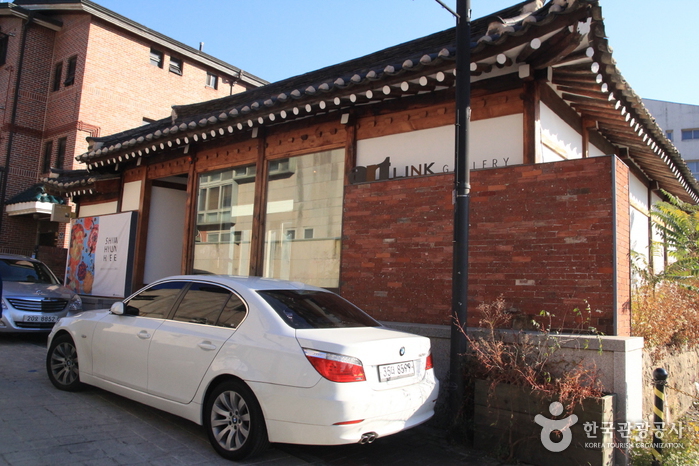
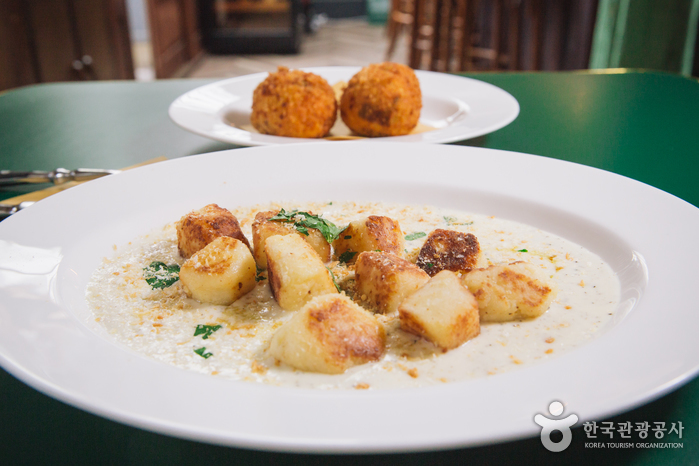
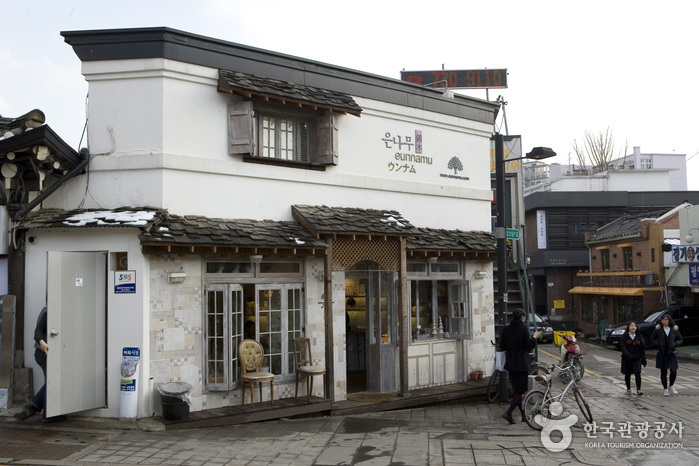
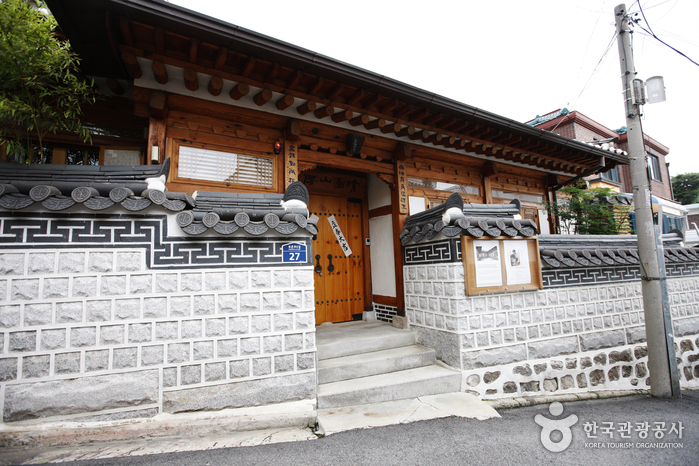
![Rakkojae Seoul Bukchon Hanok Hotel [Korea Qaulity] / 락고재 서울 북촌 한옥호텔 [한국관광 품질인증/Korea Quality]](http://tong.visitkorea.or.kr/cms/resource/40/2698240_image2_1.jpg)
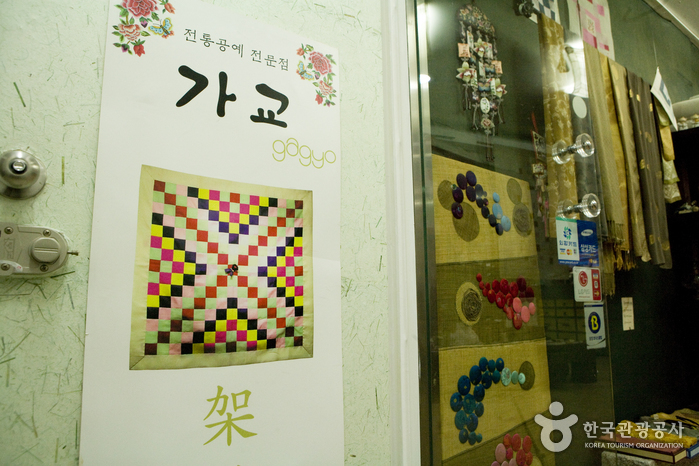
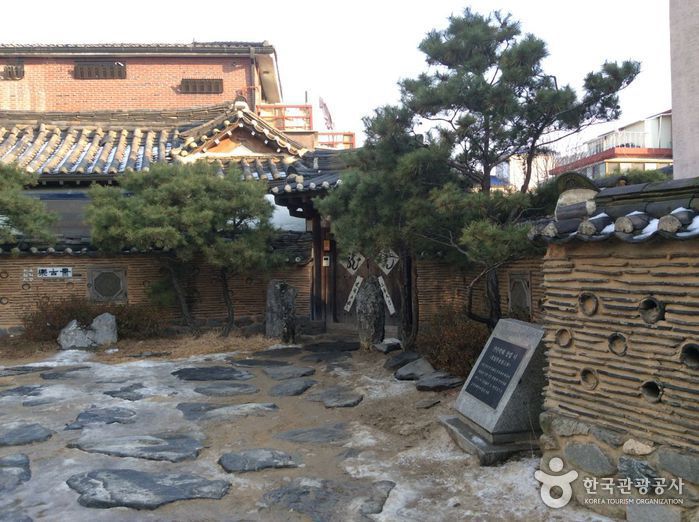
 Français
Français
 한국어
한국어 English
English 日本語
日本語 中文(简体)
中文(简体) Deutsch
Deutsch Español
Español Русский
Русский